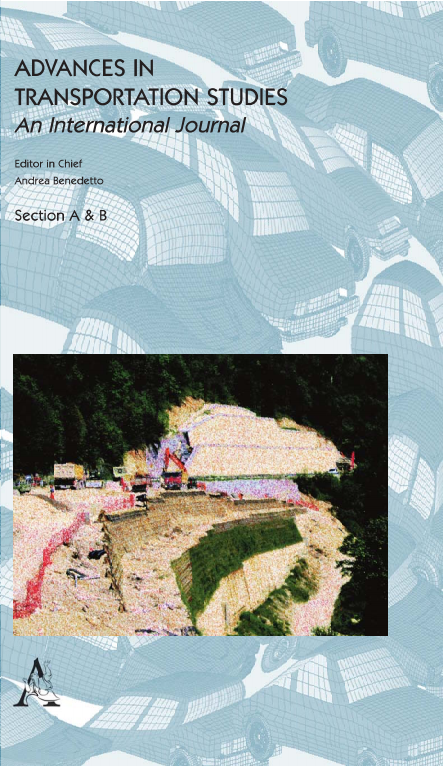
Driving simulation has become popular in the context of assessment of driving ability, as it provides a safe and economical method of assessing driving behaviors in comparable, controlled and repeatable driving conditions. The objective of the present paper is to provide a critical examination of issues that should be considered in the design of simulator experiments investigating driving performance in drivers with cognitive impairments. These refer mainly to methodological issues with a potential impact on the generalizability of research findings. The paper offers a focused review of studies investigating driving performance as assessed on simulators, targeting cognitive impairments which are age-related or caused by neurodegenerative disorders, including mild cognitive impairment (MCI), Alzheimer’s disease (AD), Parkinson’s disease (PD) and stroke. This focused review presents summaries of selected studies reporting assessments of the special populations of drivers noted above, including information on the research questions, the characteristics of the subjects, the type of simulators used (level of fidelity), the driving scenarios and tasks used, simulator outcomes, dependent measures, and the main findings, as well as further research suggestions. The paper references selected findings highlighting what they reveal about several key methodological issues: gauging task demands in relation to actual driving; how differences in cognitive ability affect performance, and how this varies for different driving tasks; issues related to scenario design, such as simulator limitations, scenario authoring and simulated driving tasks; the need to develop operational definitions and comparability; limitations that affect the generalizability of simulator studies; the simulator adaptation syndrome; the bias in performance assessment that can result when drivers have not adequately adapted to the simulator; and driving simulator validation. The issues covered would help readers recognize the many confounding variables and sources of measurement error that can flaw research of this type, and their implications for future investigations.
| ID | pj99 |
| Manuscript | |
| DOI | |
| Tags | cognitive impairment, driving simulator |







